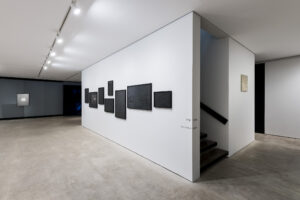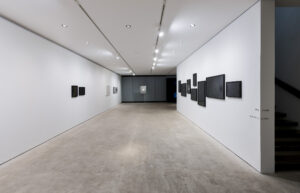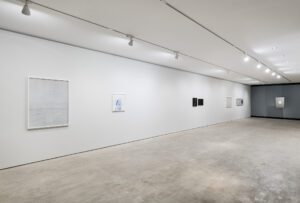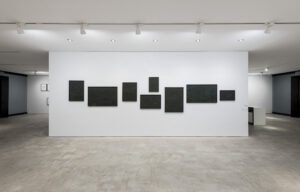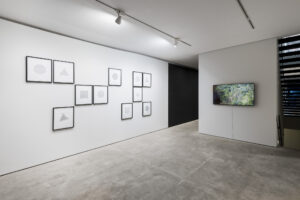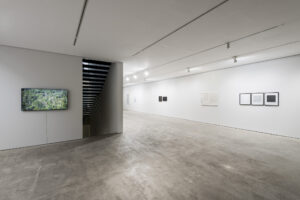ding musa_every gaze is political
06 fev - 22 mar_2025
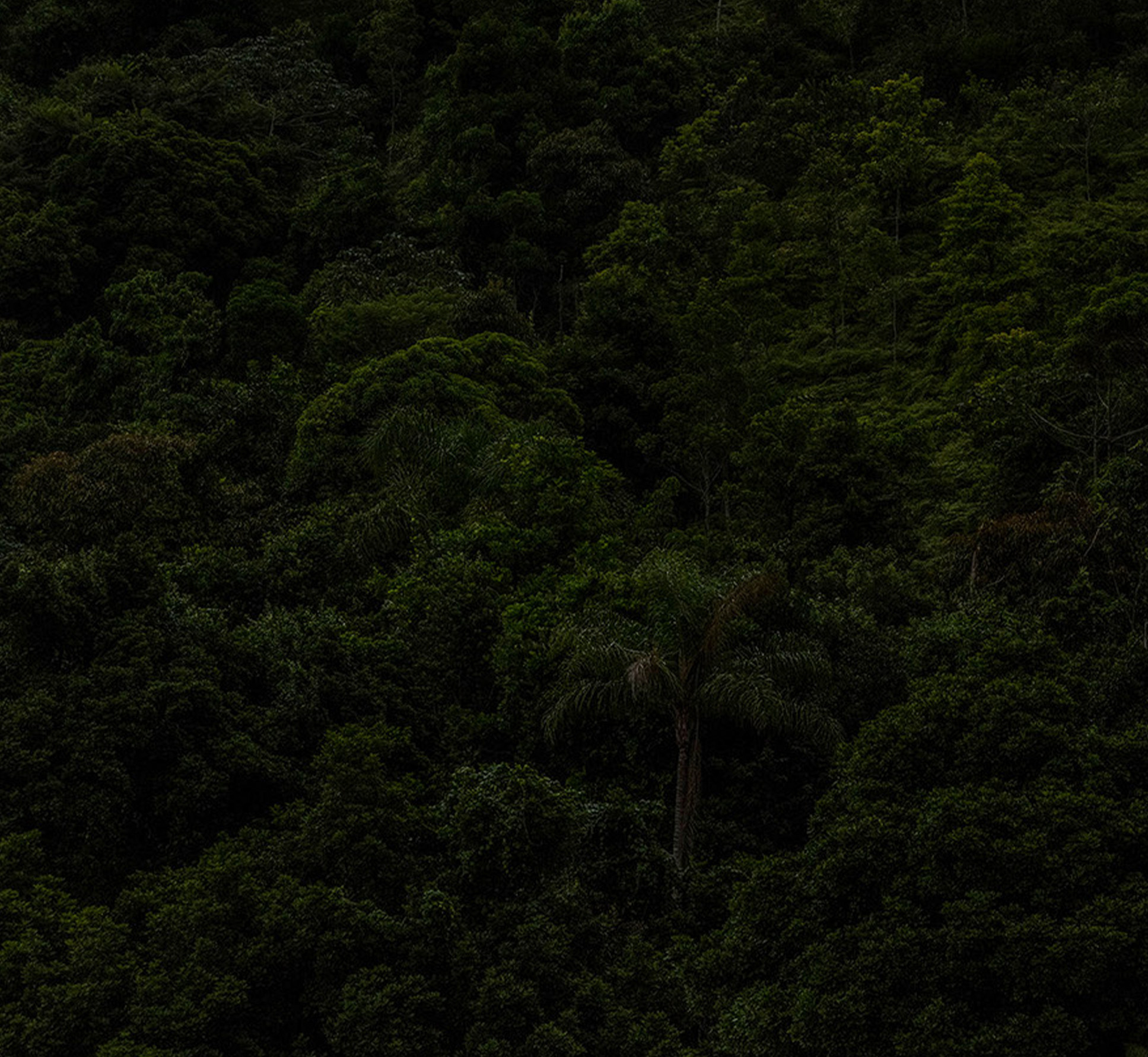
Everywhere, space unfolds. In each piece, our gaze bears witness to its materialization — whether through an arrangement of elements or the boundaries defined by objects. In response, the body becomes aware of the emergence of another space: that of the spectator. This is one of the most compelling aspects of Ding Musa’s work — the way it invites us to observe, gradually drawing us in until, ultimately, we become protagonists of what we see.
The artist achieves this by presenting us with images — devices — that spark curiosity, activating the initiative to “try to see”. Or, at the very least, to complete what the eye perceives, much like in a Gestalt process, where the brain fills in the gaps of an incomplete form. Ding Musa’s work acknowledges an element that is always missing, leading us to a political reflection by positioning the viewer as an integral part of the image’s function. The image itself acts as a backdrop that only acquires meaning when someone enters the scene, engaging with it through the gaze and thereby exercising the right to address it.
It is precisely because Ding believes in this right of the viewer that he creates his Das matas series, for example, where green walls rise, filling the entire frame of the image. The photograph, with its low contrast and subtle transitions of light and shadow, draws us into its density. We attempt to see, and gradually, we perceive a myriad of details — textures, contours — that lead us to discern distinct forms within this complex ecosystem.
In The Origins of Form in Art, Herbert Read argues that abstraction is one of the fundamental characteristics of humanity. In his example, the act of abstraction — isolating a form from its context to analyze it as a unit — enables us to perceive the empty space between trees, allowing us to understand them individually. Thus, we distinguish the form of each tree apart from the forest as a whole, which is now recognized as a composition of various species.
Searching for space within these images — for the almost nonexistent void between the trees — reveals the diversity that shapes this environment while also teaching us its cohesion. When juxtaposed with photographs of landslides — where the fabric of the forest is torn apart and the green recedes, exposing the raw red earth — the sensation intensifies: the forest is a structure built upon this diversity, in which each element depends on and supports the other to form a unified whole. In this realization, we begin to see the forest as a construction — one in which we are deeply implicated.
The establishment of the viewer’s space deepens in the video, where we witness a connection forming between ourselves and the movement of the forest swaying in the wind. Before a green wall, an arm appears, gradually revealing an otherwise invisible grid — first in white, then in black, and finally in red. Together, the action and the color expose the distance between the eye and the image, revealing that it is filled by a real, underlying structure. Now, this in-between space becomes tangible, palpable. It is up to us to acknowledge it, perhaps even to interpret it. And if we interpret it, we begin to intervene.
Interpretation is an integral part of the monotype process. These works are created from a tinted surface, which is marked by a thick cotton fabric and then pressed onto paper. The result is an imprint of a grid-like, malleable texture — frayed in some areas due to wear, ruptured in others by the material’s degradation. The work revisits and updates long-established concerns of Brazilian constructive art: the organization of the modern surface through geometric forms, the grid as a structural foundation for composition, and the negotiation of its malleability in the face of precariousness. To this framework of the 1950s, one might add a contemporary resonance — the undulating grid subtly echoing the visual language of modern 3D modeling technologies.
The artist achieves this by presenting us with images — devices — that spark curiosity, activating the initiative to “try to see.” Or, at the very least, to complete what the eye perceives, much like in a Gestalt process, where the brain fills in the gaps of an incomplete form. Ding Musa’s work acknowledges an element that is always missing, leading us to a political reflection by positioning the viewer as an integral part of the image’s function. The image itself acts as a backdrop that only acquires meaning when someone enters the scene, engaging with it through the gaze and thereby exercising the right to address it.
Yet the constructive promise — that a work may fully embody materiality — encounters a stark reality: the fabric used is commonly repurposed as a cleaning rag. The modernist utopia is thus constrained by one of the most archaic forms of labor in society, the one that sustains our most basic needs: domestic work. At the same time, it is through the recognition of absence — in this case, the voids within the fabric — that the viewer grasps its precariousness. Once again, the eye is called upon to interpret the relationship between form and the politics of its construction: utopia and a fragile social fabric, modernity and a rag.
In these and other works by Ding Musa, what is at stake is the relationship — or coincidence — between the understanding of the image and the practice of politics. If we accept his invitation and the assertion that every gaze is political, we are inevitably compelled to formulate questions and, in doing so, to understand how we position ourselves in relation to them. It is an ethical way of being in the world. It is a way.
Yuri Quevedo
exhibitions images
